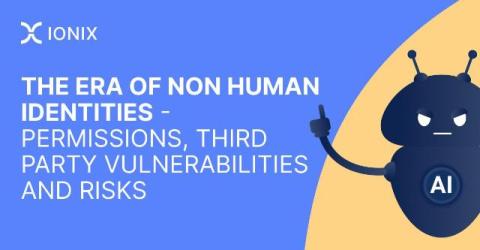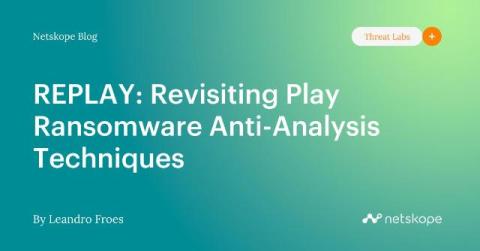NEW in Elastic Security 8.15: Automatic Import, Gemini models, and AI Assistant APIs
Elastic Security 8.15 is now available, enhancing our mission to modernize security operations with AI-driven security analytics. Key features include the brand new Automatic Import to streamline data ingestion and onboarding, support for Google’s Gemini 1.5 Pro and Flash large language models (LLMs), a new set of APIs for the Elastic AI Assistant, on-demand file scans for the Elastic Defend integration, and a redesigned way of pivoting between different contexts.











